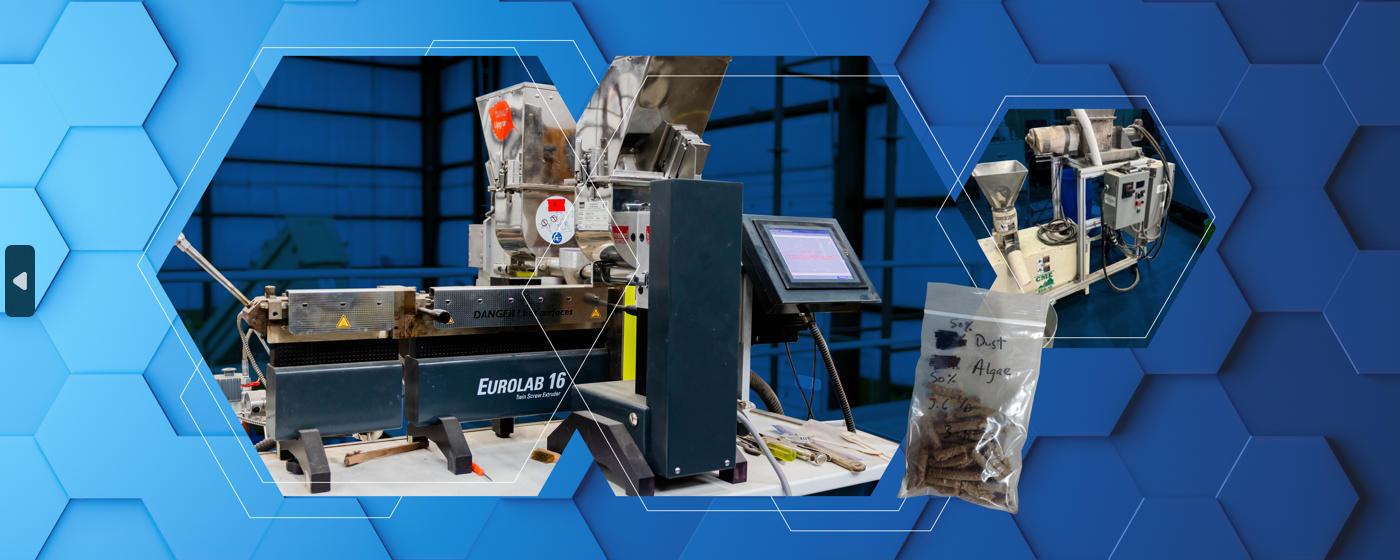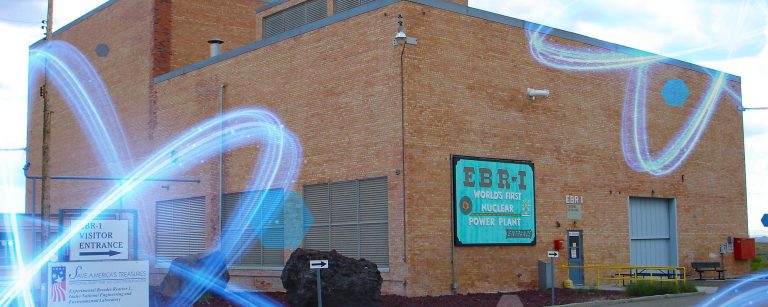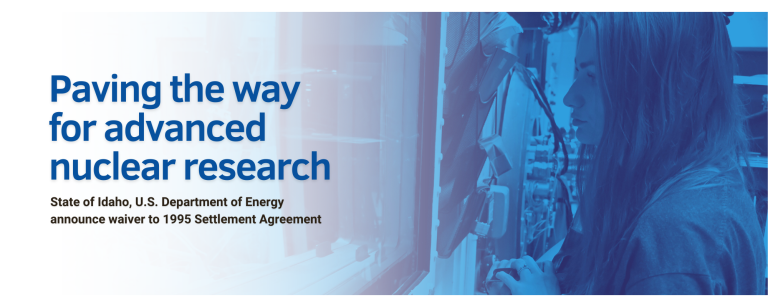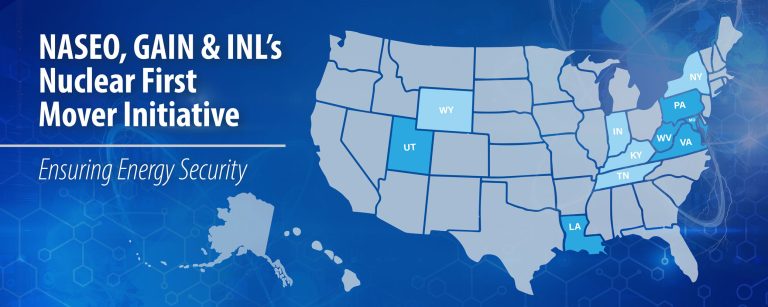Brewing giant Anheuser-Busch has collaborated with the Idaho National Laboratory and a small Tennessee business to convert waste from its barley malting process into biofuel. The initiative aimed to save the company money and help meet its sustainability goals.
Beyond that, it has the potential to make a wider impact on the food and beverage industry and, as an added bonus, offer a pathway for non-recyclable cardboard that would otherwise end up in landfills.
The residue at Anheuser-Busch’s malting plant in Idaho Falls, which looks and feels like Play-Doh, is produced by algae that eats enzymes in the plant’s wastewater. Every day, 30,000 pounds of it must be trucked away and disposed of, costing the facility roughly $2 million a year.
In 2022, the company reached out to INL and its U.S. Department of Energy’s Biomass Feedstock National User Facility (BFNUF), where researchers focus on turning different types of plant materials and waste into usable fuels, chemicals and materials. Their thinking was that INL’s expertise in processing wet materials might offer a solution.
INL offers a Technical Assistance Program that provides up to 40 hours of free lab support to small businesses. Because Anheuser-Busch is anything but a small business — its parent company, Anheuser-Busch Inbev posted revenues of $58.84 billion in 2024 – Enexor BioEnergy of Franklin, Tenn., was brought in as a third party. The company manufactures a Bio-CHP system that converts organic waste into heat and power.
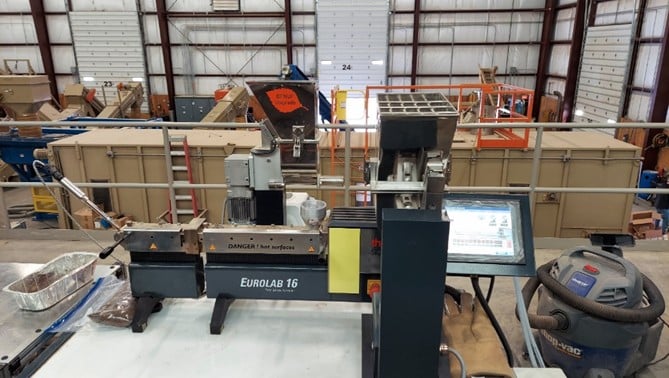
The first challenge for principal investigator Zach Smith and his BFNUF team was to lower the algae waste’s moisture content and figure out a way to mix it with a dry material that could be turned into pellets. After mixing samples at different ratios with barley dust from the malting plant, the researchers found a 50-50 mix was easiest to handle and feed into a pellet machine. The blend produced pellets with heating values comparable to fuel made from corn cobs, stalks, stems and leaves, but slightly lower than commercial wood pellets.
The research continued under a Small Business Innovation Research Phase I grant. Run by the U.S. Small Business Administration, the SBIR program supports small, high-tech businesses doing research and development focused on commercializing innovative technologies.
Because Anheuser-Busch sells its barley dust to be mixed with cattle feed, Smith started looking for an alternative material to mix with the algae waste. “We were thinking about other materials we could use, and I had worked with cardboard quite a bit on other projects and felt it would be a good absorbent, since functionally that is all the barley fines were doing,” he said. “This turned out to be a very interesting use case for cardboard, which is typically not economically feasible to recycle. In a lot of places, they don’t recycle it at all. It’s just landfilled with the rest of the trash.”
To find old, corrugated cardboard, the research team visited Wasatch Integrated Waste Management’s facility in Layton, Utah, which serves 15 municipalities and two counties. They brought a bale of cardboard back to INL, where it was shredded to a consistency suitable for blending. After a series of trials, they discovered a 50-50 blend of algae and cardboard tested the best for pelleting. Once that was done, the pellets were dried with a lab-scale grain dryer.
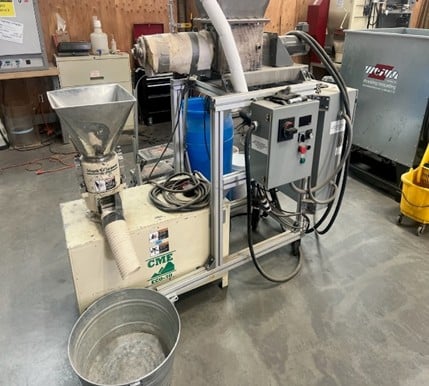
In the end, they produced 1,180 pounds of finished pellets, which were packed and sent to Enexor’s product development facility for further testing and evaluation. According to the joint INL/Enexor report released in May, “The Bio-CHP system efficiently processed the pellets, maintaining proper fuel feed, combustion stability, and energy output without any operational issues. This test confirmed the technical feasibility of converting high-moisture algae waste into a usable biofuel.”
INL has continued working with Enexor to develop specifications for a mobile processing unit that can fit into a 40-foot shipping container and process three to four tons a day. This will involve repurposing commercially available equipment with minor modifications. It’s challenging to adapt off-the-shelf equipment such as pellet mills, extrusion machines, mixers, feeders and dryers for use with alternative feedstocks, but Smith said they are hopeful they can do it by selecting the proper equipment and specifying proper operating requirements.
Enexor’s techno-economic analysis estimates it can eventually produce blended pellets at a cost of $18 a ton. “The ability to convert previously unusable high-moisture waste (like algae) into fuel significantly expands the market opportunity for this waste stream,” the report said. “The (food and beverage) sector alone offers substantial volumes of suitable waste, positioning this solution for widespread industrial adoption.”
As for the environmental impact, diverting previously non-recyclable cardboard from landfills could solve a major solid waste disposal problem, providing recycling facilities with lower costs and a new revenue stream.

